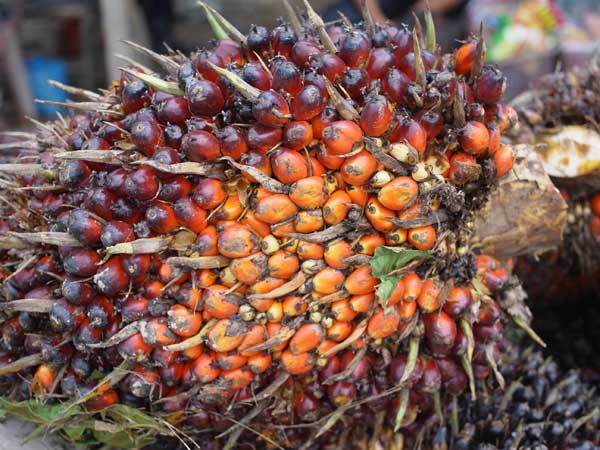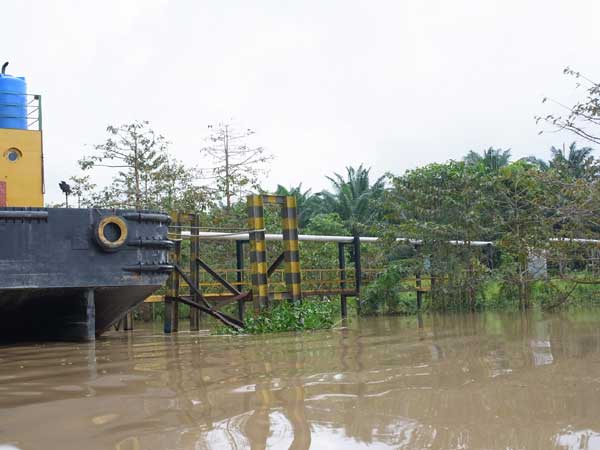Japanese report
AS-HOPE report
Number:AS-22-041
Field Research on Wildlife in Sabah, Malaysia
Report:Akiko Sawada
Date:2011/03/14 - 2011/03/22
Tropical rainforest in Sabah, Malaysia is famous for its biological diversity, and wildlife living there has attracted a lot of tourists from all over the world.
However, they have been facing habitat loss and degradation as the demands for timber exports and oil palm plantations increase.
The purpose of this research is to figure out what is going on with wildlife and their habitat in Sabah by conducting field research in three areas; Sepilok, Sukau and Danum Valley.
At Sepilok Orangutan Rehabilitation Center, two free-ranging female orangutans were handed food by the staff.
These orangutans were surrounded by troops of long-tailed and pig-tailed macaques trying to get a small share, and it clearly showed me the power balance and hierarchy among these three primate species.
In Sukau, I carried out field research in Lower Kinabatangan Wildlife Sanctuary by motorboat.
There were many wildlife species including proboscis monkeys, long-tailed macaques, silver leaf monkeys, elephants, crocodile, kingfishers and hornbills.
In Danum Valley Conservation Area, I observed orangutans, M¸«äller's Bornean gibbon, slow loris and flying squirrels.
Through my visit to Sabah, Malaysia, I felt strong concern about the impact of oil palm plantations.
Vast areas have already been converted into plantations.
Plantations discharge water, which is likely contaminated by pesticides and/or other chemical substances, into rivers, and many people use the river water for their daily life.
I was wondering if local people really know what was going on there.
Adequate environmental educations and information will make people realize what they are throwing away for oil palm money, and might help establishing a new conception of nature, which is, hopefully, favorable for wildlife.

Oil palm.

Moving the palm oil to tanker through a pipeline.
AS-HOPE Project< > >
|




